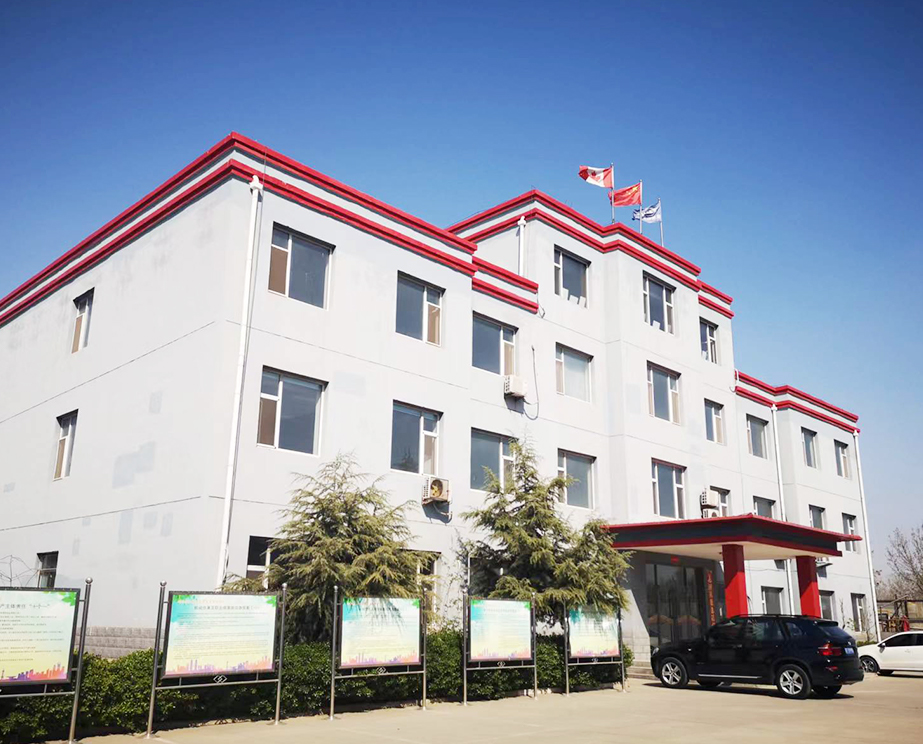- Afrikaans
- Albanian
- Amharic
- Arabic
- Armenian
- Azerbaijani
- Basque
- Belarusian
- Bengali
- Bosnian
- Bulgarian
- Catalan
- Cebuano
- Corsican
- Croatian
- Czech
- Danish
- Dutch
- English
- Esperanto
- Estonian
- Finnish
- French
- Frisian
- Galician
- Georgian
- German
- Greek
- Gujarati
- Haitian Creole
- hausa
- hawaiian
- Hebrew
- Hindi
- Miao
- Hungarian
- Icelandic
- igbo
- Indonesian
- irish
- Italian
- Japanese
- Javanese
- Kannada
- kazakh
- Khmer
- Rwandese
- Korean
- Kurdish
- Kyrgyz
- Lao
- Latin
- Latvian
- Lithuanian
- Luxembourgish
- Macedonian
- Malgashi
- Malay
- Malayalam
- Maltese
- Maori
- Marathi
- Mongolian
- Myanmar
- Nepali
- Norwegian
- Norwegian
- Occitan
- Pashto
- Persian
- Polish
- Portuguese
- Punjabi
- Romanian
- Russian
- Samoan
- Scottish Gaelic
- Serbian
- Sesotho
- Shona
- Sindhi
- Sinhala
- Slovak
- Slovenian
- Somali
- Spanish
- Sundanese
- Swahili
- Swedish
- Tagalog
- Tajik
- Tamil
- Tatar
- Telugu
- Thai
- Turkish
- Turkmen
- Ukrainian
- Urdu
- Uighur
- Uzbek
- Vietnamese
- Welsh
- Bantu
- Yiddish
- Yoruba
- Zulu
what is the difference between casing and tubing?
The Difference Between Casing and Tubing in Well Construction
In the oil and gas industry, the terms casing and tubing refer to essential components of well construction. Both play critical roles in maintaining the integrity of the well and ensuring that it functions safely and efficiently. Understanding the differences between casing and tubing is crucial for anyone involved in drilling operations, whether they’re engineers, geologists, or investors in energy resources.
What is Casing?
Casing is a series of steel pipes that are inserted into a drilled well to stabilize its walls and protect against the ingress of fluids. When a well is drilled, it creates a borehole that may encounter unstable rock formations, water aquifers, or even hydrocarbon reservoirs. Casing is used to line this borehole, aiding in structurally supporting the well and preventing it from collapsing.
The process of casing involves several steps. After drilling a section of the well, casing strings are lowered into the hole and cemented into place. This cement serves two primary functions it secures the casing to the borehole walls and provides a barrier against fluid migration, ensuring that different formations within the well do not mix. Casing is categorized into various types based on their positioning and function, including conductor casing, surface casing, intermediate casing, and production casing.
1. Conductor Casing The first casing installed, which provides a foundation for the subsequent casing strings. 2. Surface Casing This casing protects fresh water zones and provides structural integrity. 3. Intermediate Casing Installed when the wellbore penetrates further depths, offering additional support and isolating different pressure zones. 4. Production Casing The final casing that allows for production operations to occur, ensuring the integrity of the well for hydrocarbon extraction.
Each type of casing has its specifications and requirements based on the geological conditions and the expected pressures within the well.
What is Tubing?
what is the difference between casing and tubing?

Tubing, on the other hand, is a smaller diameter pipe that is inserted into the production casing to transport the hydrocarbons or fluids from the well to the surface. Once the well is drilled and cased, tubing is run through the casing system, allowing for the flow of oil, gas, or water to be extracted efficiently. It can also accommodate tools and valves needed for maintenance and production operations.
The assembly of tubing is crucial for the production phase, as it must withstand various pressures and temperatures conducive to the hydrocarbon extraction process. Unlike casing, tubing is not typically cemented in place; it requires a sealing mechanism called a packer to create a seal between the tubing and the casing. This packer not only prevents fluid from leaking between the two but also isolates different zones to manage flow effectively.
Key Differences
1. Function Casing is primarily structural, ensuring that the well maintains its integrity while preventing fluid migration. Tubing, in contrast, is used for production, transporting fluids from the reservoir to the surface. 2. Installation Casing is cemented in place to provide support and isolation, while tubing is usually suspended in casing without cement and is equipped with packers for sealing. 3. Diameter Casing has a larger diameter than tubing, as it needs to accommodate various functions and formations, whereas tubing is designed to transport fluids efficiently.
4. Material and Construction Both casing and tubing are typically constructed from high-strength steel, but they may vary in thickness and strength depending on their specific roles and the pressures they will encounter.
5. Replacement and Maintenance Tubing can be more easily replaced or pulled out for maintenance purposes compared to casing, which is a permanent fixture of the well.
Conclusion
In summary, while both casing and tubing are integral to the well construction process in the oil and gas industry, they serve distinct purposes. Casing provides structural integrity and protection against fluid migration, while tubing is essential for transporting hydrocarbons to the surface. Understanding these differences is vital for anyone involved in well operations, as each component must be managed effectively to ensure the successful extraction of resources.
-
Tubing Pup Joints: Essential Components for Oil and Gas OperationsNewsJul.10,2025
-
Pup Joints: Essential Components for Reliable Drilling OperationsNewsJul.10,2025
-
Pipe Couplings: Connecting Your World EfficientlyNewsJul.10,2025
-
Mastering Oilfield Operations with Quality Tubing and CasingNewsJul.10,2025
-
High-Quality Casing Couplings for Every NeedNewsJul.10,2025
-
Boost Your Drilling Efficiency with Premium Crossover Tools & Seating NipplesNewsJul.10,2025







